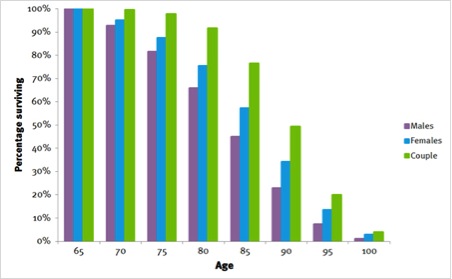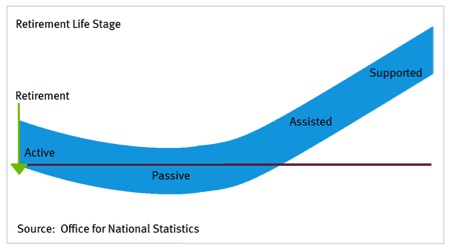The new pension changes may allow you complete access to your defined contribution pension pot once you have reached the minimum retirement age of 55, being increased to 57 years of age from 2028.
However, if you are planning to use them to provide an income in retirement; then you need to be aware of a number of factors that will affect the value of your pension savings and how you might use them.
Everyone will have a different retirement plan and make different choices about the way they use their pensions, savings and investments to generate an income in retirement.
It is important to be clear about your choices, identify the risks involved and also understand the tax you may have to pay.
The following information details risks to consider when planning for your retirement.






